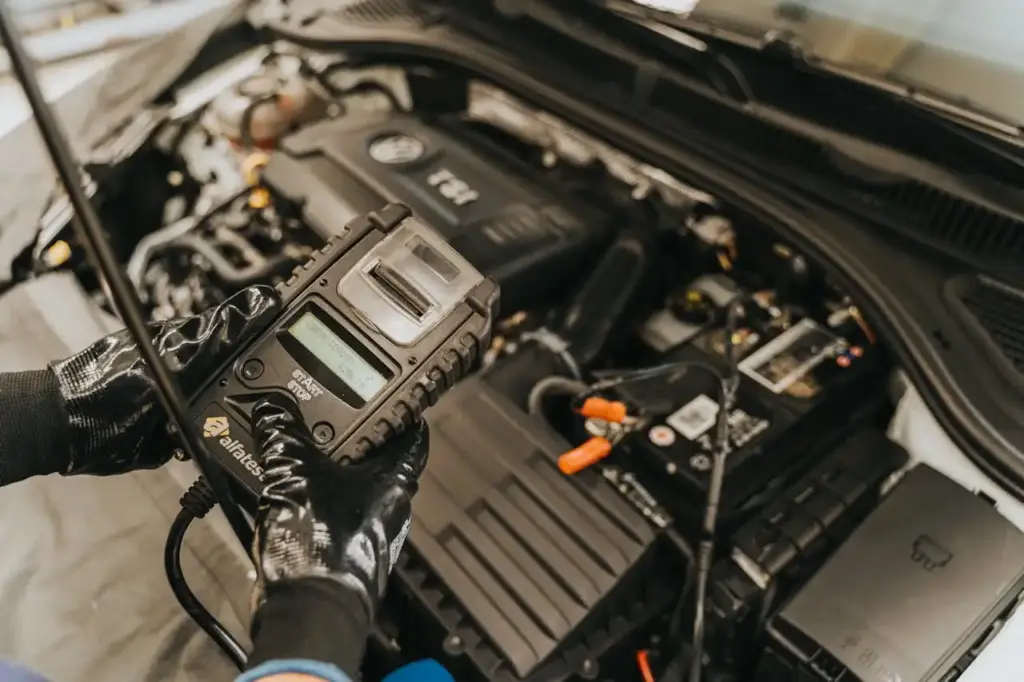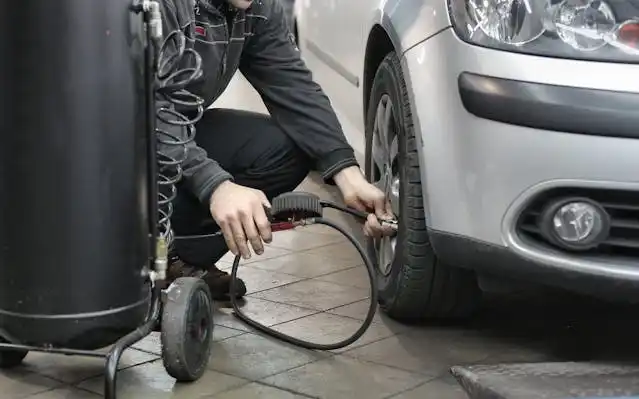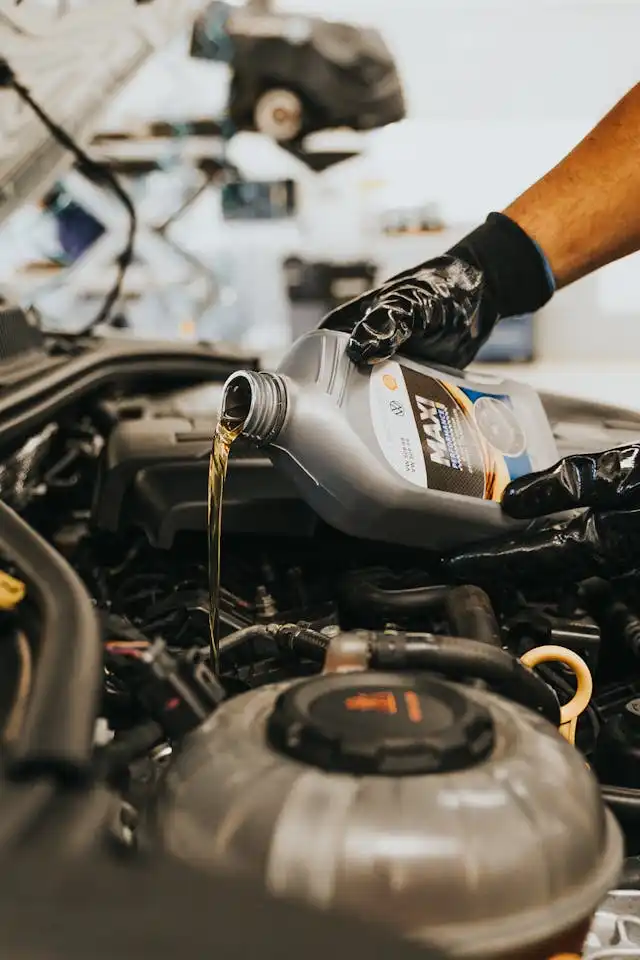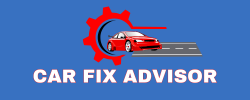Owning your first car feels exciting — it’s the freedom to go where you want, when you want. But with that freedom comes responsibility. A car is more than just a machine; it’s an investment that needs regular attention. Proper maintenance not only keeps your vehicle in peak condition but also helps you avoid unexpected breakdowns and costly repairs.
The good news? You don’t need to be a mechanic to keep your car healthy. With a few basic checks and habits, even a complete beginner can maintain a car confidently. This guide will explore car maintenance guide for beginners and walk you through everything you need to know to keep your ride safe, reliable, and looking its best.

Why Basic Car Maintenance Matters
Improves Safety on the Road
A well-maintained car is far less likely to leave you stranded or cause an accident. Functional brakes, healthy tires, and working lights ensure you can respond quickly to any driving situation.
Saves You Money in the Long Run
Fixing small issues early can prevent them from turning into major, expensive repairs. For example, replacing worn brake pads is far cheaper than replacing damaged rotors.
Extends Your Vehicle’s Lifespan
Just like regular doctor check-ups keep you healthy, consistent car care helps your vehicle run smoothly for many more years.
Maintains Resale Value
A complete service record and a car in good condition can help you command a higher price when it’s time to sell.
Car Maintenance Basics Every Beginner Should Know
Before we dive into the details, here’s a quick look at the core areas you should check regularly:
- Lights and bulbs
- Tires and wheels
- Windscreen and wipers
- Cooling system
- Battery health
- Oil and filters
- Brake system
Let’s break these down step-by-step.
Step-by-Step Beginner Car Maintenance Checklist
1. Inspect Your Lights and Bulbs
Your car’s lights aren’t just for seeing — they help others see you.
- Headlights: Park in front of a wall at night, switch on the headlights, and check if both beams are even and bright.
- Brake lights & indicators: Ask a friend to help test them or check their reflection in a window.
- Pro Tip: If your headlight covers look cloudy, use a restoration kit before considering a costly replacement.
2. Check Your Tires

Your tires are the only part of your vehicle touching the road — keep them in top shape.
- Air pressure: Use a gauge monthly and adjust according to the label inside your driver’s door.
- Tread depth: If the tread is worn down to 1.6 mm or less, replace the tire.
- Surface check: Look for cracks, bulges, or lodged debris.
- Pro Tip: Rotate your tires every 6 months or 10,000 km to ensure even wear.
3. Maintain Your Windscreen and Wipers
Clear visibility is non-negotiable.
- Washer fluid: Keep the reservoir full with proper fluid (not tap water).
- Wiper blades: Replace them every 6–12 months or sooner if they streak.
- Glass cleaning: Use automotive glass cleaner for streak-free results.
4. Monitor the Cooling System
Your engine relies on a healthy cooling system to prevent overheating.
- Coolant check: Ensure the level sits between “Low” and “Full” when the engine is cold.
- Hoses: Look for cracks or bulges.
- Radiator cap: Replace if the seal looks worn.
- Pro Tip: Change coolant every 2–3 years and always follow your car manufacturer’s recommendation.
5. Inspect Your Battery
No battery, no start — it’s that simple.
- Corrosion check: Clean terminals with a dedicated brush if you see white, powdery buildup.
- Voltage test: Use a voltmeter; a healthy battery reads around 12.6 volts.
- Usage tip: Drive your car at least once every couple of weeks to keep the battery charged.
6. Change Oil and Filters
Oil is your engine’s lifeblood.
- Oil change frequency: Usually every 5,000–7,500 miles (or per your manual).
- Filter check: Replace the engine air filter annually or more often if driving in dusty areas.
- Pro Tip: Using the wrong oil can harm your engine — always check your manual.
7. Keep an Eye on Brake Pads
Your brakes are your most important safety feature.
- Listen: Squeaking often means the pads are worn; grinding means immediate replacement is needed.
- Feel: If braking feels soft or uneven, get a professional check.

Additional Car Care Tips for Beginners
- Learn your dashboard warning lights.
- Use the correct fuel octane rating — higher isn’t always better.
- Keep basic automotive tools in your trunk.
- Wash and wax your car regularly to prevent paint damage.
- If parked outdoors, consider a car cover.
Common Beginner Mistakes to Avoid
- Skipping scheduled maintenance.
- Ignoring small warning signs.
- Using household cleaners on paint.
- Forgetting to check the spare tire.
Car Maintenance Schedule for Beginners
| Task | Frequency | Notes |
|---|---|---|
| Oil change | Every 5,000–7,500 miles | Follow manual recommendations |
| Tire rotation | Every 6 months | Extends tire life |
| Wiper replacement | Every 6–12 months | Replace sooner if streaking |
| Brake inspection | Annually | Listen for squeaks/grinding |
| Coolant replacement | Every 2–3 years | Use manufacturer-recommended type |
Preparing for the Unexpected
Even with perfect maintenance, emergencies happen.
- Roadside assistance: Consider adding it to your insurance.
- Emergency kit: Include jumper cables, flashlight, first aid, and basic tools.
- Stay calm: Know who to call and where you are in case of breakdowns.
Frequently Asked Questions – Car Maintenance Guide For Beginners
Q1. How often should I check my car’s oil?
Most cars require an oil check monthly and an oil change every 5,000–7,500 miles. Always follow your owner’s manual recommendations.
Q2. What is the easiest car maintenance task for beginners?
Checking tire pressure is one of the simplest tasks. All you need is a tire gauge and a few minutes to compare readings with the recommended pressure.
Q3. Can I change my car’s air filter myself?
Yes. Most air filters are easy to replace in under 10 minutes with basic tools. Your owner’s manual will show the location and steps.
Q4. How do I know if my brakes need replacing?
Listen for squeaking or grinding sounds, or notice if braking feels soft. These are clear signs you should inspect your brake pads.
Q5. What should I keep in my car for emergencies?
Keep jumper cables, a tire repair kit, flashlight, first aid kit, and extra fluids like coolant and windshield washer fluid.
Final thoughts– Car Maintenance Guide For Beginners
Keeping your car in top condition isn’t just about preventing breakdowns — it’s about safety, saving money, and enjoying the driving experience. By following this beginner-friendly guide and sticking to a schedule, you’ll build habits that protect your investment for years to come.
Start small, stay consistent, and your car will thank you with a smooth, reliable ride.
